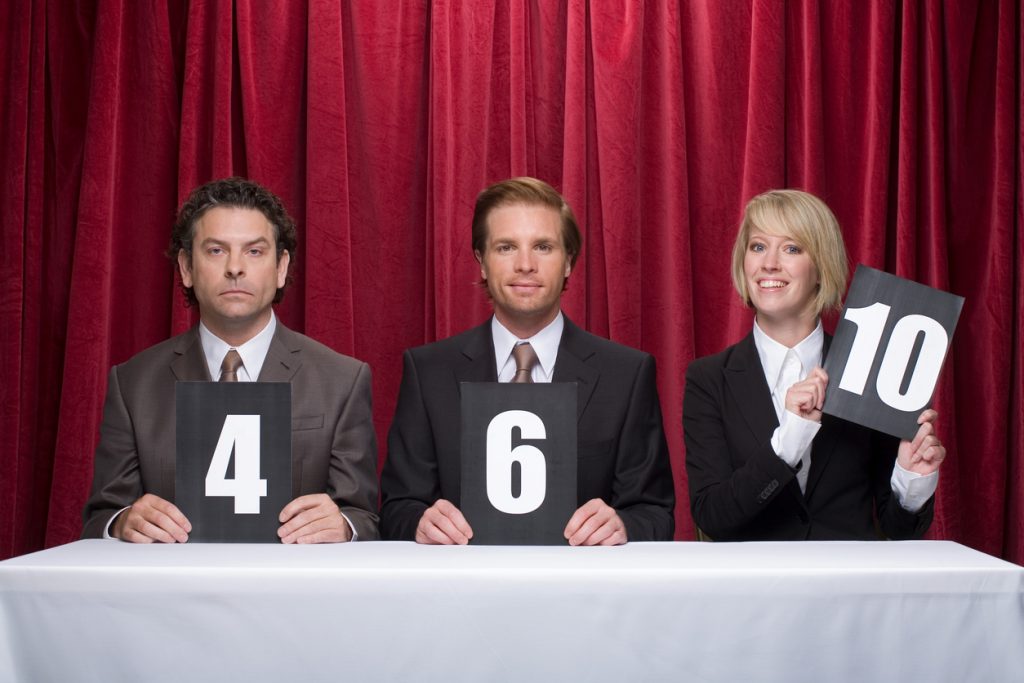In the fall of 2016, Spotify partnered with Tinder to add a brand new feature to the matchmaking app: it enabled Tinder users to publicly display their favorite songs and top artists and thus to swipe “left or right” on the basis of musical taste. This was not Spotify’s first foray into the matchmaking business. Five years prior, Spotify had launched two of its own matchmaking apps, Fellody and Tastebuds—both built on the popular notion that judgments of taste are a central part of identifying compatible friends and romantic partners. In a public statement, platform director Sten Garmark declared: “Harmony on Spotify might just be a great way to find new friends or start a new relationship.”
Indeed, Spotify understood what social scientists have for a longtime observed: taste matters. And yet, how taste matters and who judgments of taste stand to benefit have often been points of debate among social scientists. Over the last few decades, many sociologists have wrestled with whether the United States is characterized by a system of cultural hierarchy or cultural laissez-faire, and often they have arrived at differing conclusions (see Holt and Lamont). It is well established that Americans perceive status differences in taste; they can identify which tastes are stereotypically “highbrow” (e.g. classical music, golf) and which are stereotypically “lowbrow” (e.g. country music, bowling). The question is whether these taste-based stereotypes affect how Americans judge one another. Do Americans respond more positively to people who display high status tastes?
Given the social inequalities that already exist between people with high and low status tastes, the answer to the above question is important. Research shows that people from advantaged social class backgrounds are far more likely to display cultural tastes that are either highbrow—or, increasingly, omnivorous (meaning, varied in status)—while people from disadvantaged class backgrounds are more likely to displays cultural tastes that are traditionally lowbrow. In sum, if Americans are systematically favoring consumers of highbrow culture, they are reinforcing disparities linked to social class. To investigate this, I partnered with the Understanding America Study to conduct the first nationally representative experimental study of taste in the U.S.
The Survey Experiment
The aim of this study was to measure how varying signals of music, sports, and food taste influence the perception of a person’s competence and warmth. Perceived competence and warmth are often cited by social psychologists as the two fundamental dimensions of impression formation. They explain a large portion of the variance in how people perceive others and, in part, drive how people behave towards others in social situations.
In my experiment, respondents were randomly assigned a fictitious social media profile in which the target (the person in the profile) listed his favorite music, sports, and, food. Each music, sports, and food preference was either “highbrow”, “middlebrow”, or “lowbrow.” The profile also including a series of small photos as well information about the target’s ethnicity, gender, and place of residence. After reviewing the profile, respondents answered questions about the target’s competence and warmth.
My Findings
On average, I find that Americans do form judgments of others on the basis of cultural taste. However, these judgments are made primarily by elites and they are made solely around questions of competence. I find that college-educated Americans attribute higher levels of competence to targets with highbrow or omnivorous tastes while they attribute substantially lower levels of competence to targets with lowbrow or middlebrow tastes. In other words, American elites consistently privilege their own tastes.
Yet, around questions of warmth, I find that all respondents express a high degree of tolerance towards targets regardless of their tastes. Signals of taste have no systematic, main effect on ratings of warmth. In fact, many respondents left comments at the end of the survey in which they took issue with judging the “goodness” of a person on the basis of a social media profile. Respondents aspired to be egalitarian in their social judgments and this translated into fairly egalitarian ratings of warmth.
Conclusion: We Are Not All Snobs, But Sometimes We Are
Based on these findings, I propose that the United States is characterized by a system of both cultural hierarchy and a cultural laissez-faire. It all comes down to context. For example, in a relationship-oriented context like Tinder, a high value is likely to be placed on warmth. Consequently, I expect judgments of taste to vary randomly—a laissez-faire system will prevail and everyone wins. Yet in performance-oriented contexts like the classroom or workplace, a high value is likely to be placed on competence. Moreover, elites often control how resources are distributed in these contexts. Consequently, I expect a cultural hierarchy to emerge, and I propose that the highbrows and omnivores of the world will come out on top.
